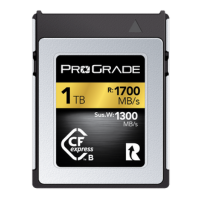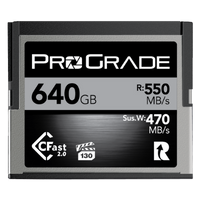In the demanding arena of sports photography, capturing the decisive moment isn’t just about skill or the right equipment—it’s about speed. But not just any speed: we’re talking about the often-overlooked horsepower under the hood––the memory card.
For professional photographers seeking a competitive edge, understanding the critical role of memory card speed isn’t just beneficial—it’s essential. Fast memory cards don’t just record images; they empower you to seize every millisecond of action, ensuring your shots are not only captured but are crystal clear, without the dreaded lag or missed opportunities.
In this exploration of memory card impact, we’ll unveil how this key component can make or break your ability to document the split-second that sets a photograph apart in the challenging field of sports photography. Let’s break down the barriers, pixel by pixel, to capture not just images but the essence of victory itself.
Capturing the Moment: How Speed Affects Sports Photography
The influence of memory card speed on burst mode and continuous shooting is profound, with even minor compromises leading to consequences no dedicated photographer should have to face. Opting for a slower memory card to cut costs can backfire, manifesting in several problematic scenarios.
Whenever capturing a swiftly moving subject—be it a race car in full throttle or a sprinter crossing the finish line. When engaging in high-speed burst photography, a memory card lacking in speed becomes the bottleneck for your camera’s performance. The rapid succession of shots quickly overwhelms the camera’s buffer, forcing a halt in shooting as the memory card struggles to process the incoming data.
In these precious moments of delay, the opportunity for the pinnacle shot can slip through your fingers, leaving you with captures that are either mistimed or missed entirely—a frustrating outcome for any serious pursuit of excellence in photography. In essence, saving on a memory card could cost you the very moments you aim to capture.
Key takeaway: The speed of your memory card directly dictates how quickly your camera can clear its buffer; even the most advanced camera is rendered helpless if paired with a card that lacks the necessary speed.
Understanding Memory Card Speed: Beyond the Basics
To truly harness the power of your camera in the fast-moving world of sports photography, a deeper dive into the nuances of memory card speed is essential. Understanding these aspects will not only enhance your shooting capabilities but also ensure reliability when it counts the most. Let’s break down the critical components: read speeds, write speeds, and minimum sustained write speeds.
Read Speeds
Read speed refers to how quickly data can be retrieved from a memory card. While this might seem secondary to capturing images, it’s critical for workflow efficiency. High read speeds mean faster file transfers to computers or storage devices, allowing for quicker post-processing and sharing of your dynamic sports images. A card’s read speed can significantly impact overall productivity for photographers covering events or needing quick turnarounds.
The read speed is typically indicated on a memory card by the letter “R:” followed by a numerical value and “MB/s” to specify the speed in megabytes per second.
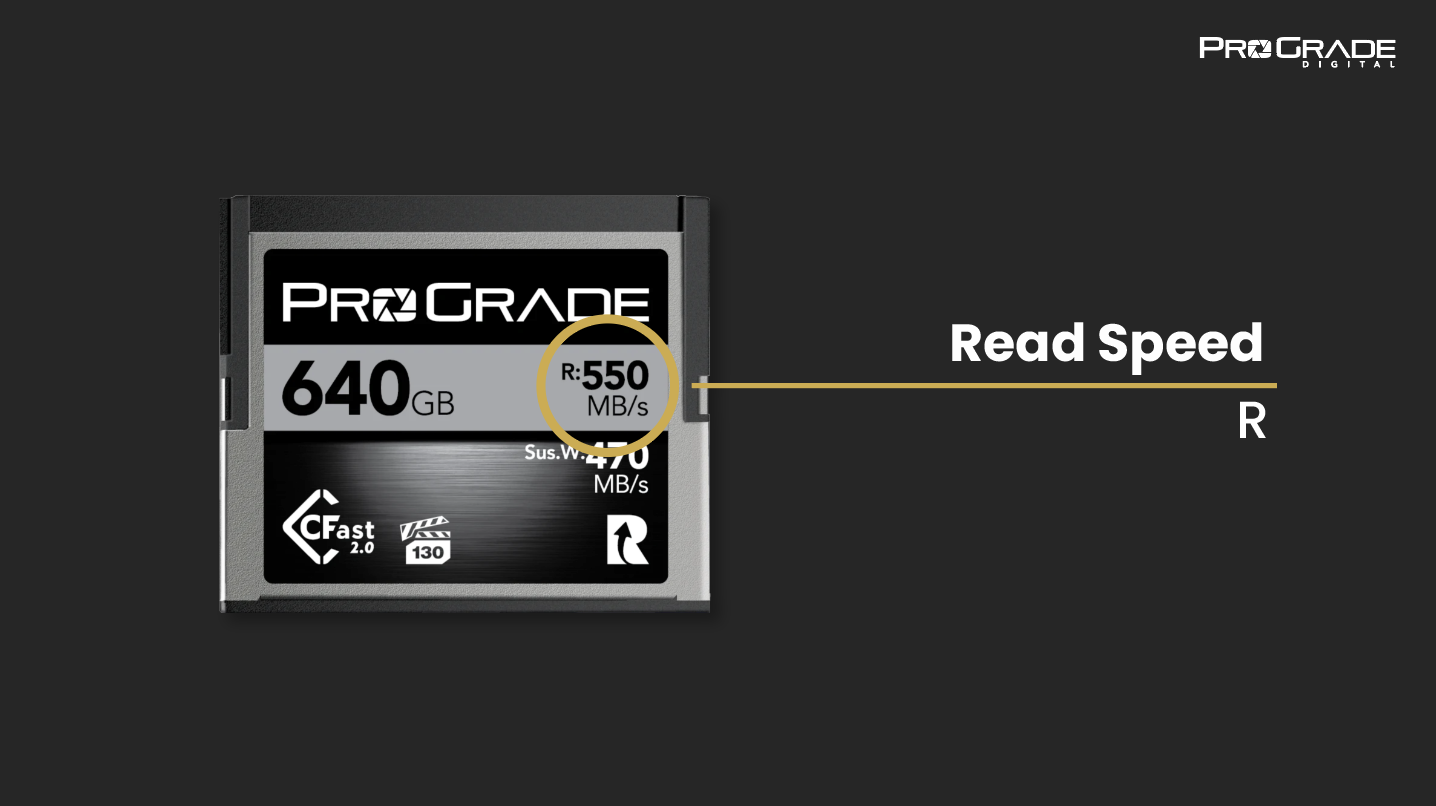
Write Speeds
Write speed is the rate at which data can be saved to a memory card. In sports photography, where action is continuous, a high write speed is vital. It allows your camera to save images to the card faster, enabling rapid succession shooting in burst mode. High write speed helps prevent buffer filling too quickly, reducing the lag time before you can take the next shot. This ensures you capture the peak moment of action without the frustration of missing a critical shot due to slow data saving.
Similarly to the read speed, the write speed is generally shown on a memory card by the letter “W:” followed by a numerical value and “MB/s.”
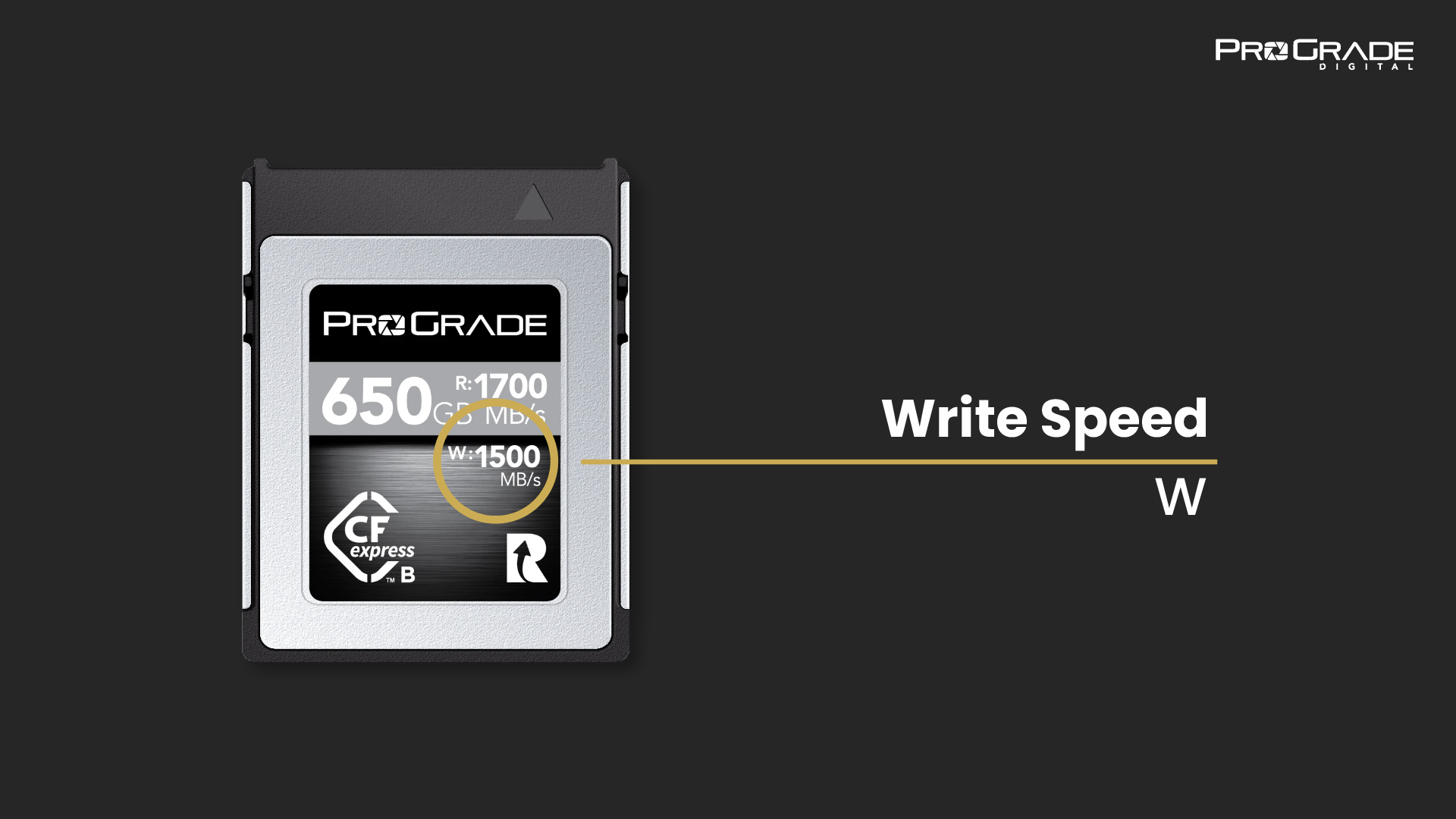
Minimum Sustained Write Speed
Beyond write speeds, the minimum sustained write speed is a critical measure for reliability. This speed indicates the lowest writing performance level a card will maintain under any shooting conditions. Unlike maximum write speeds, which can be momentarily high but then drop, sustained write speeds guarantee consistent performance, ensuring the card remains reliable over longer shooting periods. This consistency is especially important in sports photography, where the action doesn’t pause, and each moment holds the potential for the perfect shot.
The minimum sustained write speed, for which a memory card has been tested and certified, is clearly marked on the card itself. For SD cards, this certification is indicated through the Video Speed Class rating, represented by a “V” followed by a number—such as V30, V60, or V90—the number signifies the minimum sustained write speed in megabytes per second (MB/s) the card is guaranteed to maintain.
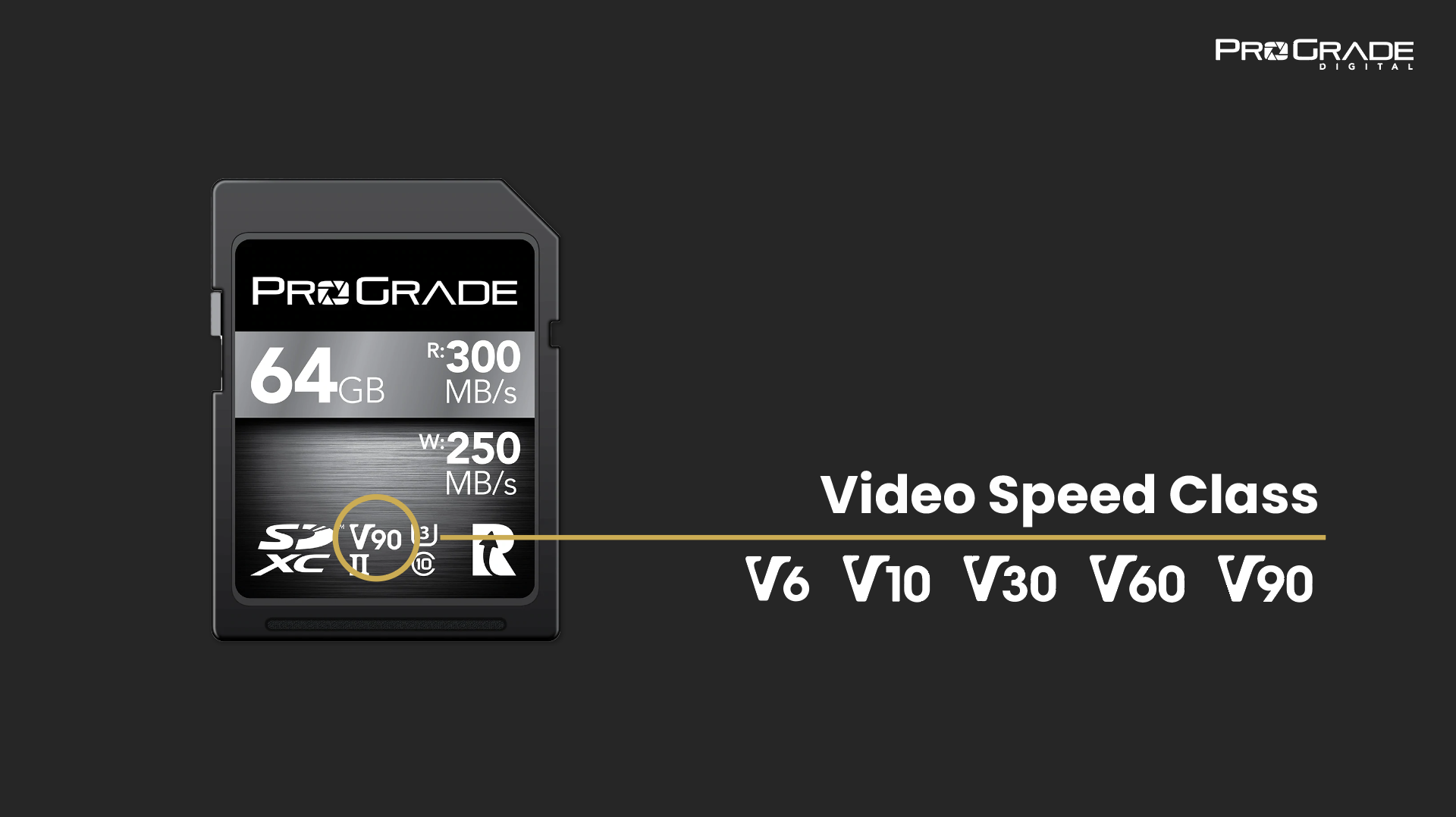
Similarly, CFexpress and CFast memory cards are classified by the Video Performance Guarantee (VPG) rating, indicated by “VPG” followed by a numerical value. For example, our CFast cards are denoted as “VPG 130,” indicating a guaranteed minimum write speed of 130 MB/s, while our CFexpress Type A Gold cards carry a “VPG 200” rating, ensuring a minimum write speed of 200 MB/s.
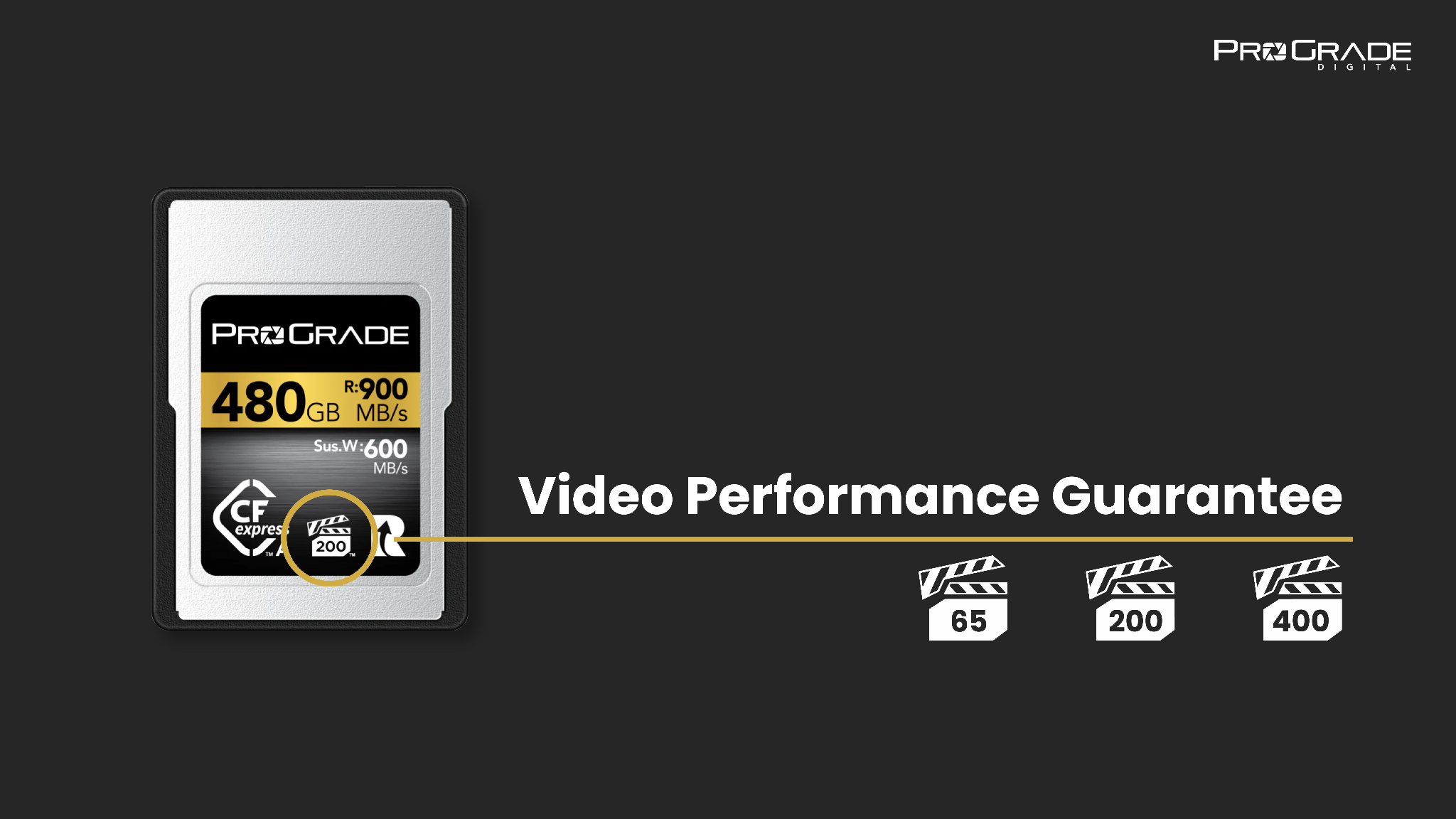
Certain memory cards, designed specifically for professional photographers and filmmakers, exceed even the maximum certification for sustained write speeds. Instead of showcasing the maximum write speed, these high-performance cards emphasize the sustained write speed, a critical metric for continuous, high-quality recording. This is indicated on the card as “Sus. W:” followed by a numerical value in megabytes per second (MB/s), ensuring professionals can easily identify the card’s ability to consistently handle intensive writing tasks without faltering.
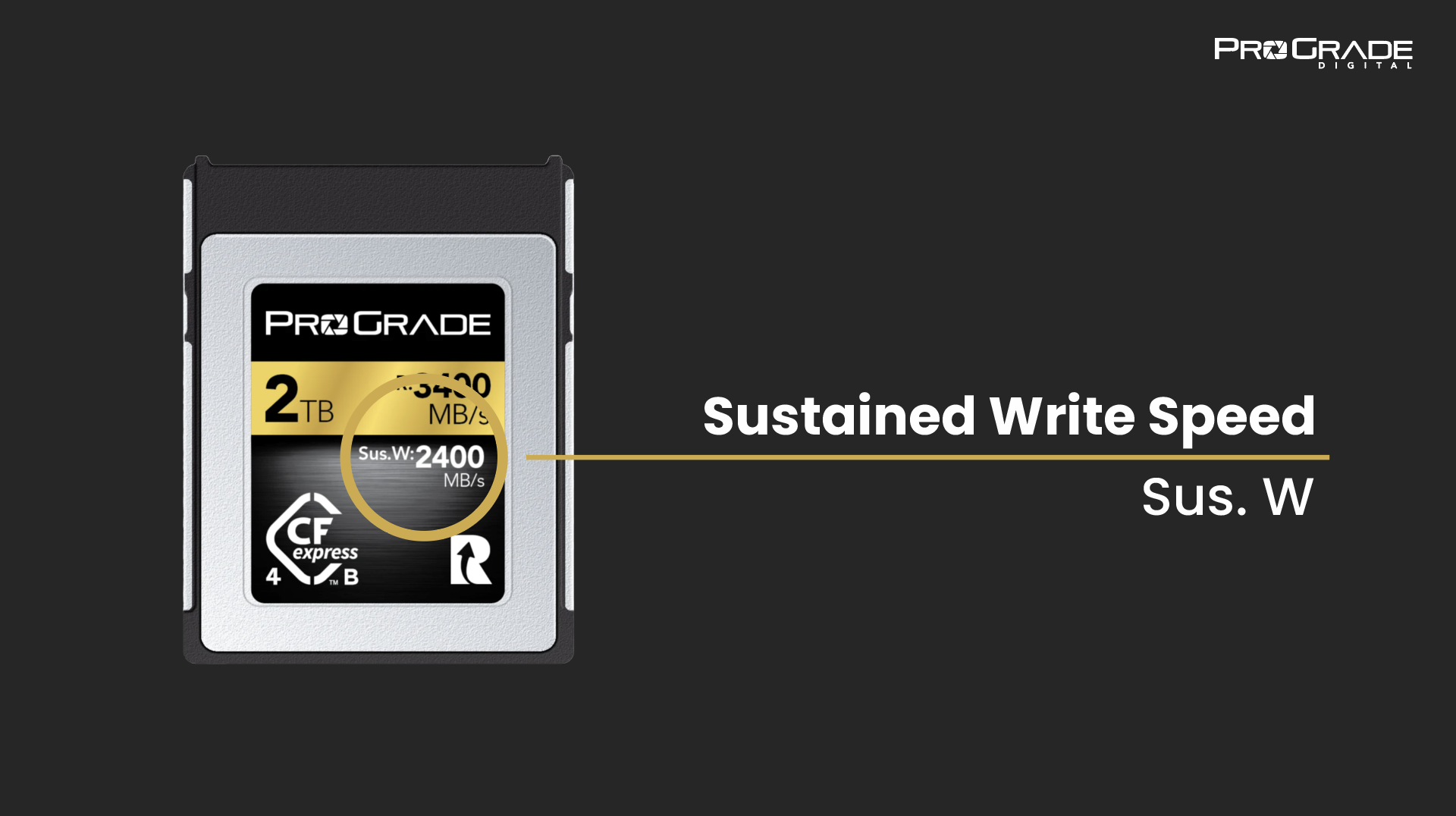
Selecting the Perfect Memory Card for Sports Action
Selecting the perfect memory card for capturing sports action is akin to choosing the right teammate in a high-stakes game: it’s essential to your success. Here are four tips to ensure you pick a winner that keeps pace with your needs:
1. Understand Your Camera’s Capabilities
Start by familiarizing yourself with your camera’s specifications. Knowing its maximum write speed, supported memory card formats (SD, CFast, CFexpress, etc.), and any specific UHS or VPG requirements will help you narrow down your choices to cards that match or exceed these capabilities. That said, using a card that greatly exceeds your camera’s capabilities won’t boost performance, so match the card to what your camera can handle.
2. Prioritize Write Speed Over Capacity
While it might be tempting to go for the highest capacity memory card you can find, prioritize write speed for sports photography. Look for cards with high minimum sustained write speeds, indicated by a “VPG” or “V” rating or marked clearly on a card with “Sus. W:” that matches or surpasses the demands of high-speed burst shooting. Remember, a fast card ensures your camera’s buffer clears quickly, allowing you to keep shooting without interruption.
3. Reliability and Durability Matter
Sports photography can take you to various environments, from dusty tracks to humid stadiums. Choose memory cards known for their reliability and durability. Look for cards with features like water and dust resistance, shockproofing, and temperature resistance to safeguard your data in all conditions.
4. Consider the Card’s Format, Rating, and Your Specific Usage Needs
Finding the right memory card is all about matching it to your camera’s type, finding a good balance between speed and what you’re willing to spend, and making sure it fits the kind of sports photography you do.
By carefully selecting your memory card based on these criteria, you’ll be well-equipped to capture every thrilling moment of sports action with the confidence that your gear won’t let you down when it matters most.
- SDXC Cards: Ideal for most DSLRs and mirrorless cameras, SDXC cards with a UHS-II interface and a high Video Speed Class rating (V60 or V90) are often sufficient for sports photography. These cards offer a good balance of speed and affordability: ProGrade Digital SDXC V60 & ProGrade Digital SDXC V90.
- CFast and CFexpress Cards: For cameras that support these formats, CFast and CFexpress cards offer superior speeds, which is particularly beneficial for professional sports photography. Cards to consider: ProGrade Digital CFast™ 2.0 Cobalt Memory Card with a VPG130 rating and sustained write speed of 470MB/s, ProGrade Digital CFexpress™ 2.0 Type A Memory Card (Gold) with a VPG200 rating and sustained write speed of 600MB/s, and ProGrade Digital CFexpress™ Type B 2.0 Memory Card (Gold) with a sustained write speed of 850MB/s.
- Sports photographers who also shoot high-resolution video: For those dedicated shutterbugs who go beyond still images, there are also CFexpress™ Type B 4.0 Gold and CFexpress™ Type B 4.0 Cobalt memory cards with minimum sustained write speeds of 2,4GB/s and 2,8GB/s respectively. These cards are robustly engineered to tackle the most demanding challenges your camera throws their way, ensuring peak performance under any condition.
Maximizing Performance: Tips for Sports Photographers
Maximizing the performance of your memory card in sports photography is essential for capturing those high-intensity moments without missing a beat. Here are some practical tips to ensure your memory cards keep up with the action:
1. Format Your Card Regularly
Before a big shoot, format your memory card in your camera. This clears old data and optimizes the card’s performance, reducing the risk of errors and ensuring it operates at peak efficiency.
2. Test Before the Big Game
Once you’ve selected a card, test it extensively in scenarios similar to the events you plan to cover. This will give you a clear idea of how well the card performs under pressure, ensuring you’re not caught off guard during critical moments.
3. Backup is Key
Always have backup cards on hand. Accidents happen, and in the fast-paced world of sports photography, there’s no time for do-overs. Having several high-quality cards at your disposal ensures you can continue shooting, no matter what.
4. Keep Cards Clean and Protected
Dust and dirt can impair card performance. Store your memory cards in protective cases and keep them clean to maintain optimal functionality.
5. Update Your Camera’s Firmware
Camera manufacturers often release firmware updates that can improve performance, including how the camera interacts with memory cards. Keeping your camera updated ensures you’re taking full advantage of its capabilities and compatibility with memory cards.
6. Avoid Filling Cards Completely
To maintain performance, switch to a new card before reaching max capacity, ensuring continuous, uninterrupted shooting. The last thing any sports photographer wants is to realize their card is full during a critical moment, especially when capturing rapid sequences in burst mode. This proactive approach keeps you ready for action, preventing missed opportunities due to storage issues.
7. Regularly Check and Maintain Your Cards
Ensure your memory cards are always ready for action by incorporating regular health checks and maintenance into your routine. For those using ProGrade Digital memory cards and workflow readers, leveraging ProGrade Digital’s Refresh Pro software can help assess and rejuvenate your cards. This innovative tool not only assesses the health of your memory cards by analyzing the SMART attributes log but also allows you to “sanitize” the cards. Sanitizing restores the card to a factory-new state, ensuring your data is stored optimally for your next project. Regular maintenance is a proactive step towards ensuring your cards are always ready to meet the demands of professional use, safeguarding against potential issues during pivotal moments.
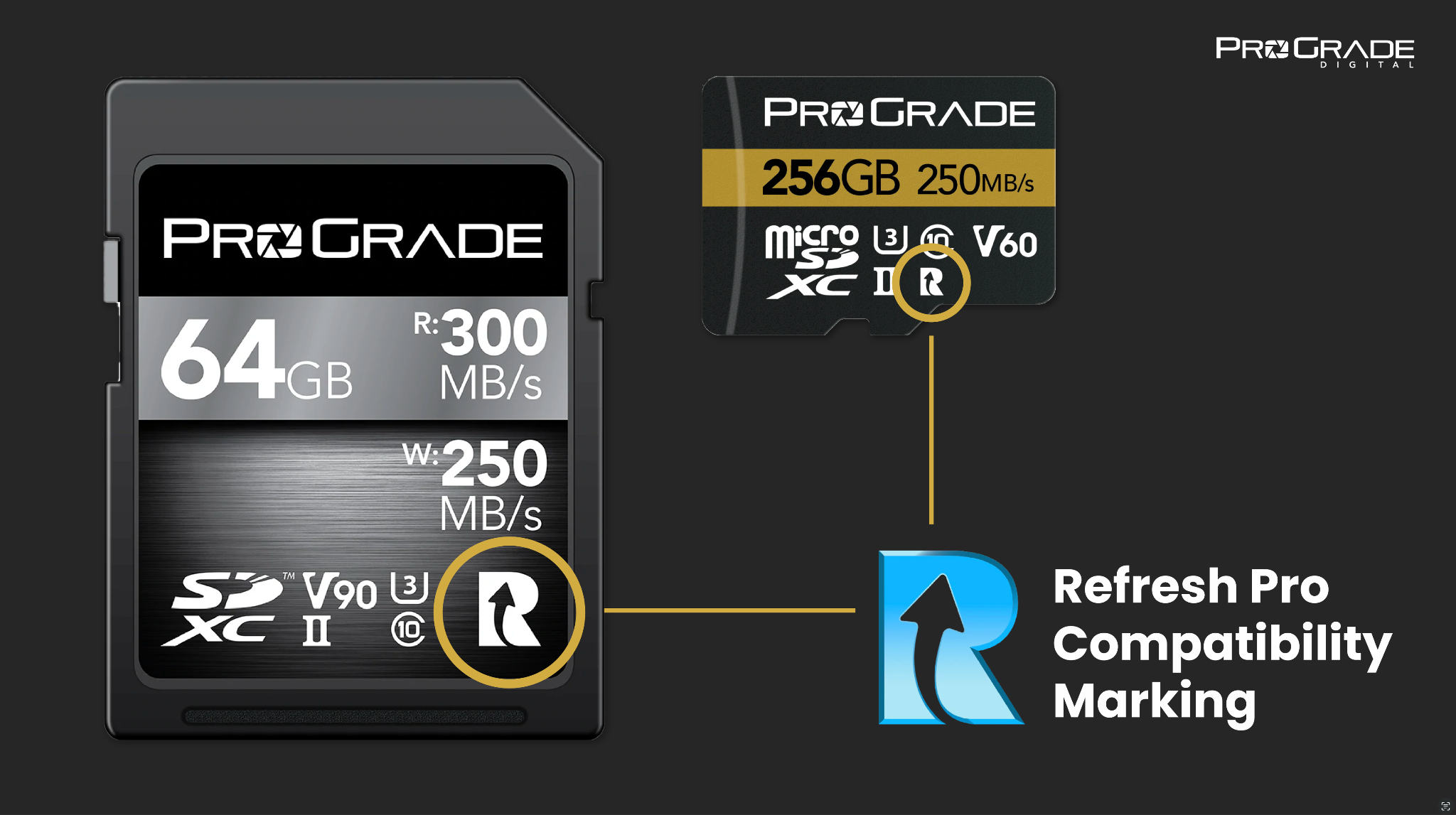
Conclusion: Elevating Your Sports Photography Game
And so, the path to capturing the raw energy and emotion of the sporting world hinges on the seemingly small yet crucial choice of your memory card. With the ideal selection, each click becomes an opportunity to encapsulate fleeting moments of sheer determination and triumph. To embrace the action with confidence, make your decision with care. Here’s to the shots that speak volumes, enabled by the silent yet powerful ally in your camera — the right memory card.

